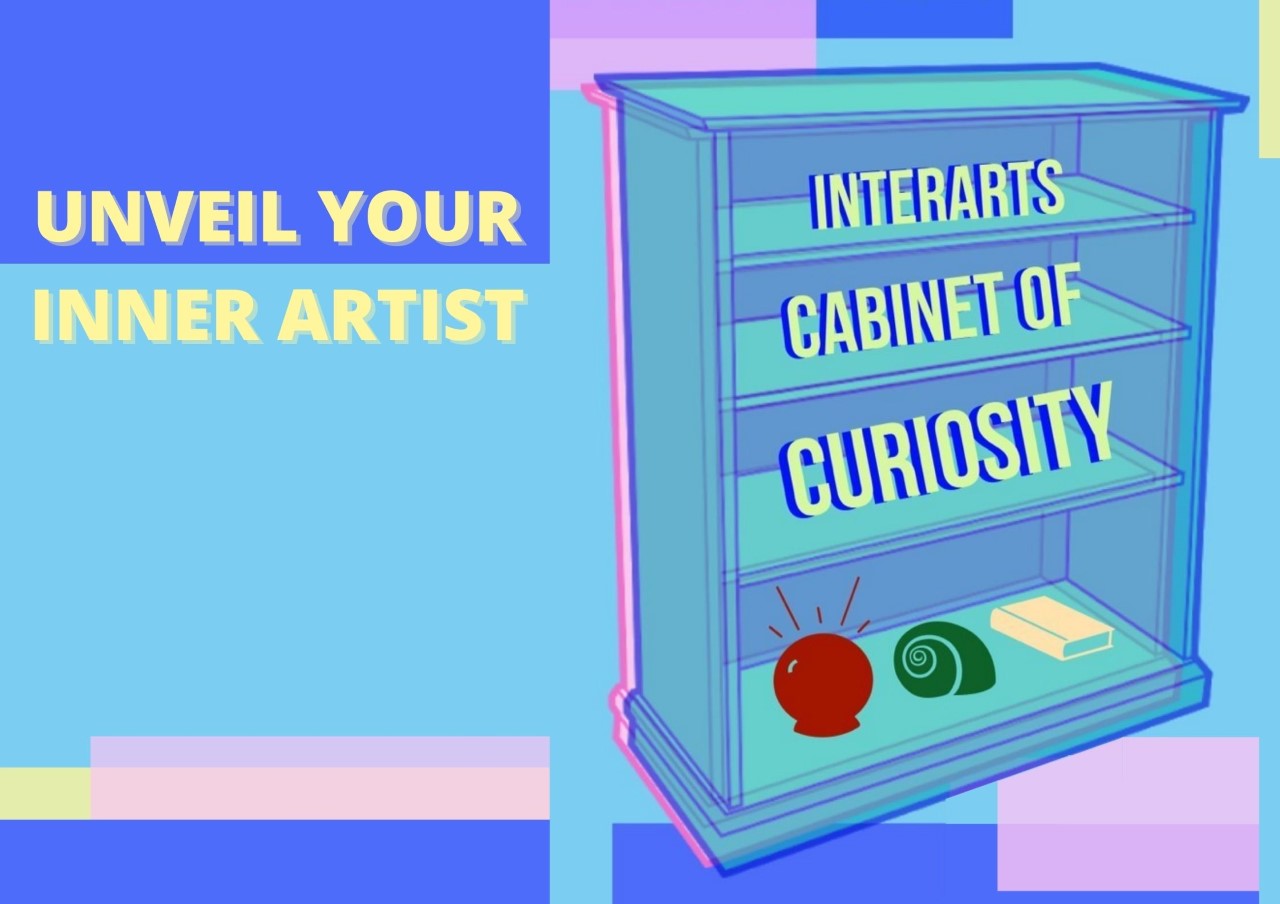Reflecting on a “Finished” DH Project
This semester, I’ve had the opportunity to collaborate with a group of first-year college students in Trinity’s InterArts gateway program. InterArts is a multidisciplinary one-year program designed for a group of students who share a deep interest in the arts.
Over the course of the spring semester, students developed four creative pieces to be stored in a virtual “cabinet of curiosity.” I helped the students design their cabinet using the Scalar digital publishing platform. The final publication, Unveiling the Inner Artist: InterArts Cabinet of Curiosity, can be found here.
The project wrapped up last week with a performance by students in the Trinity College Chapel, which can be viewed below. During the performance, each student shared one item they had created for the cabinet of curiosity. Students showcased their work in a variety of artistic mediums: dance, poetry and fiction writing, music, film, and more.
Lessons Learned
Now that the InterArts publication is technically “finished,” I have an opportunity to reflect on what I learned from the project and how I can apply these lessons in future digital scholarship work.
Below are four ways I would adapt my practice in the future based on lessons learned this semester:
- Create a detailed project timeline.
- My project partners and I created a tentative timeline for the publication of the Scalar book, which was very helpful with keeping track of students’ artistic submissions throughout the semester. With five chapters and hundreds of media submissions, the book was a lot to keep track of! If I did another project like this in the future, I would create a more detailed timeline and share it with students on the first day of the semester. I would also ask for student input on the schedule and make adjustments to the schedule based on their feedback.
- Be flexible.
- Several deadlines changed over the course of the semester, as students in the InterArts program worked with guest artists who delivered workshops and performances. I would build more flexibility into the project timeline if I were to do it again. For example, I would make sure each deadline had a buffer of at least a week in case students needed more time to submit their work. Additionally, I would reduce the number of book chapters and submissions and make students responsible for uploading all of their own work to the Scalar platform. Streamlining the submission process would allow students to focus their efforts on polishing a few creative submissions and optimizing their use of the Scalar platform, experimenting with features (like annotations and galleries) they didn’t have as much time to explore this semester.
- Ask for student feedback (and make changes in response to that feedback).
- One of the most rewarding parts of this project was the opportunities it provided for collaboration among students. For example, students worked in small groups to create a preface for the book and an introduction page for each chapter. I’d like to build in group work more consistently throughout the semester, because it was really exciting to see students take ownership of the book and work together so effectively. Instead of requiring so many individual submissions from students, we could ask students to work together on a group project or collaboration as a formal part of their grade next time.
- Make a plan to sustain the project.
- DH projects are never really finished! There is always more that can be added, and it’s also important to make a plan for sustaining a project after its official publication and release. I discussed this with my faculty partner, but I would like to have more conversations with students about how to sustain a DH project that was created as part of a class.
